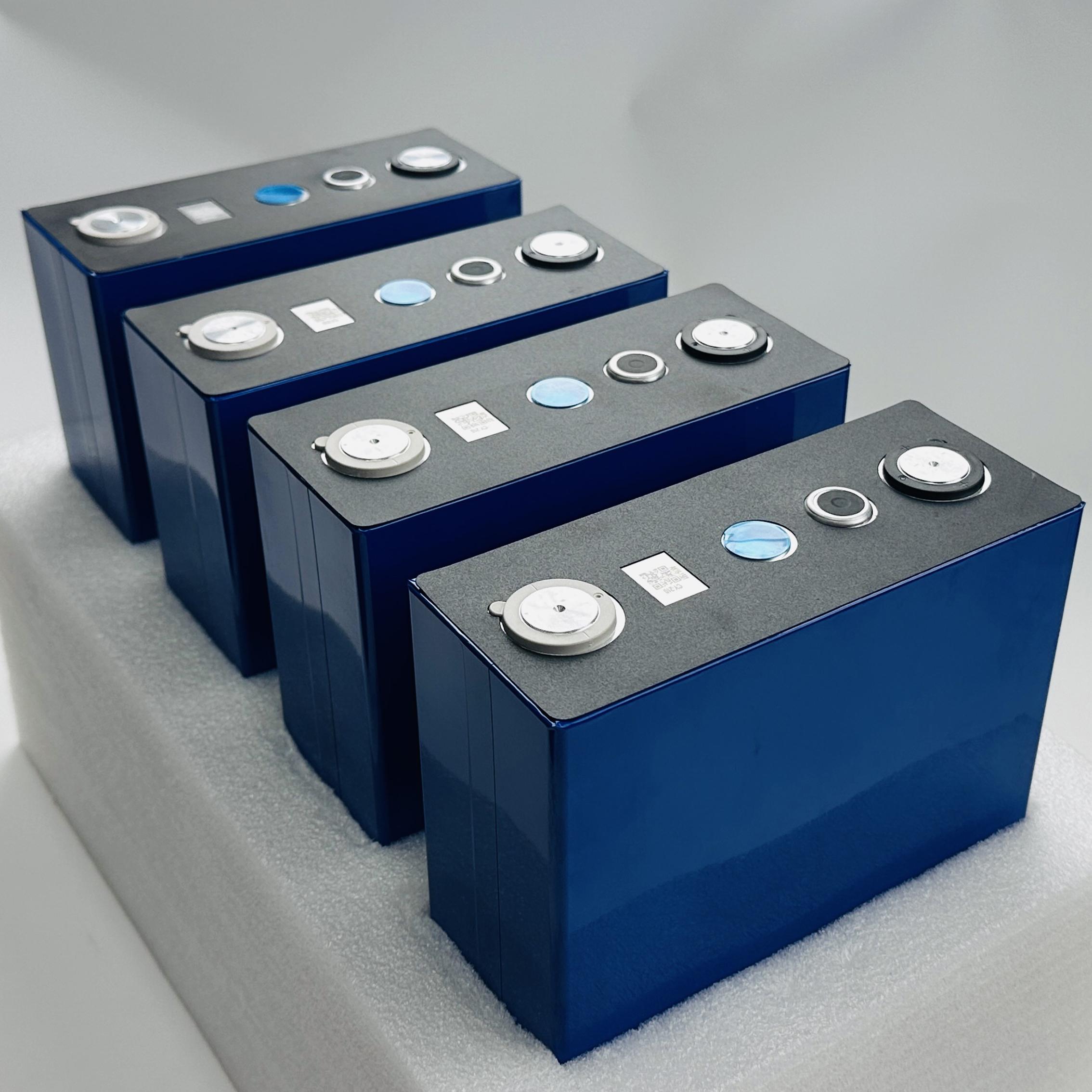
As the energy sector shifts toward cleaner, more affordable solutions, sodium-ion batteries (Na-ion batteries) are rapidly gaining attention. Once overshadowed by lithium-ion (Li-ion) technology, sodium-ion batteries are now emerging as a powerful, eco-friendly, and economically viable alternative. From their abundant raw materials to their impressive temperature performance, sodium-ion batteries are positioning themselves as the next-generation energy storage system.
In this article, we’ll explore the key benefits of sodium-ion batteries and how they could revolutionize industries ranging from renewable energy to electric vehicles.
One of the strongest selling points of sodium-ion batteries is the abundance of sodium. Unlike lithium, which is primarily mined from specific regions such as Australia, South America, and China, sodium is readily available worldwide, including in common salt (sodium chloride) and seawater.
This availability dramatically lowers the cost of raw materials. In fact, sodium is about 50 times cheaper than lithium, making sodium-ion batteries a highly attractive choice for large-scale energy storage applications such as:
Grid-scale renewable energy storage
Backup power systems
Residential and commercial battery banks
This cost advantage also allows manufacturers to scale production affordably, potentially reducing the overall cost of energy storage for end users.
Sustainability is no longer optional—it’s a necessity. Sodium-ion batteries offer a clear environmental advantage over their lithium-ion counterparts.
Lower environmental impact from raw material extraction: Extracting lithium requires extensive mining and significant water use, often in ecologically sensitive or drought-prone areas. Sodium, by contrast, can be sourced with minimal environmental disruption.
Reduced carbon footprint: Sodium-based chemistries rely on more commonly available and less energy-intensive materials.
Simplified recycling: Sodium-ion batteries often use less toxic and more recyclable components than Li-ion batteries.
By choosing sodium over lithium, manufacturers and consumers alike can support a more sustainable energy future.
Battery safety is critical—especially as energy storage systems are increasingly integrated into homes, vehicles, and power grids. Sodium-ion batteries offer significant safety advantages due to their inherent chemical stability.
No risk of lithium metal formation: Li-ion batteries, when deeply discharged, can develop dangerous lithium plating on the anode, increasing the risk of thermal runaway. Sodium-ion batteries can be safely discharged to 0V without degradation.
Lower risk of dendrite formation: Dendrites—needle-like metal formations—can cause short circuits in lithium batteries. Sodium's softer chemical nature reduces the chances of this phenomenon occurring.
Improved thermal stability: Sodium-ion batteries are less prone to overheating, making them safer in high-load or high-temperature applications.
These features make Na-ion batteries particularly well-suited for stationary energy systems, industrial use, and EVs where safety is a non-negotiable requirement.
Another standout benefit of sodium-ion batteries is their impressive temperature tolerance. Unlike lithium-ion batteries—which can lose capacity or suffer damage in extreme heat or cold—Na-ion batteries remain stable and functional across a wide temperature range.
Cold climates where Li-ion batteries may struggle
High-heat environments such as industrial settings
Outdoor grid storage in regions with seasonal weather extremes
This performance consistency allows sodium-ion batteries to be deployed in more diverse environments, unlocking opportunities in markets where lithium solutions fall short.
One major barrier to new battery technology adoption is the need for costly new production lines. Fortunately, sodium-ion batteries can be manufactured using the same infrastructure already in place for lithium-ion batteries.
This compatibility significantly lowers the barriers to entry for manufacturers and enables:
Faster time-to-market for new sodium-ion battery products
Lower capital investment for factory upgrades
Flexibility in producing either battery type depending on supply chain dynamics
This synergy means that sodium-ion technology can scale rapidly and integrate into the global battery ecosystem with minimal disruption.
While sodium-ion batteries may not yet match lithium-ion batteries in terms of energy density, they excel in applications where cost, safety, and longevity are more important than compact size or weight.
Grid-scale energy storage
Residential solar energy systems
Low-speed electric vehicles (e.g., e-bikes, electric buses)
Uninterruptible power supplies (UPS)
In these scenarios, the slightly lower energy density of sodium-ion cells is easily offset by their lower cost, greater safety, and wider temperature range.
Sodium-ion batteries are no longer a fringe technology—they're quickly becoming a mainstream contender in the energy storage race. Their abundance, affordability, environmental friendliness, and safety advantages make them an ideal solution for a world that demands cleaner, safer, and more sustainable energy options.
As ongoing research enhances their performance and energy density, we can expect sodium-ion batteries to expand into more advanced sectors, potentially rivaling lithium-ion in broader applications.
Next:Charging LiFePO4 Batteries with Solar
Previous:Synderys and U.S. BESS Corp Form Exclusive North American Security Partnership
Contact Person: Miss. Elsa Liu
| WhatsApp : | +8617763274209 |
|---|---|
| Skype : | +8617763274209 |
| WeChat : | 17763274209 |
| Email : | Elsa@lifepo4-battery.com |